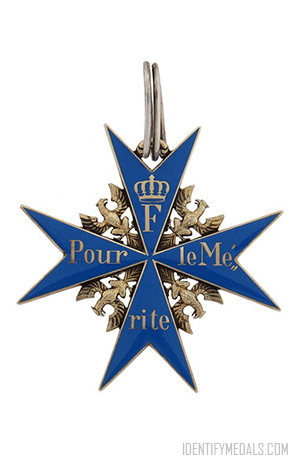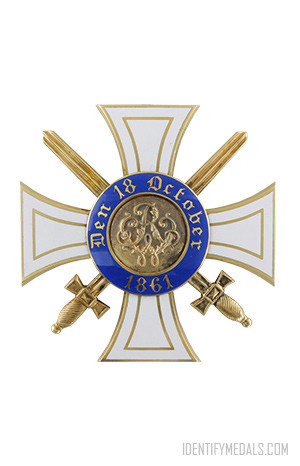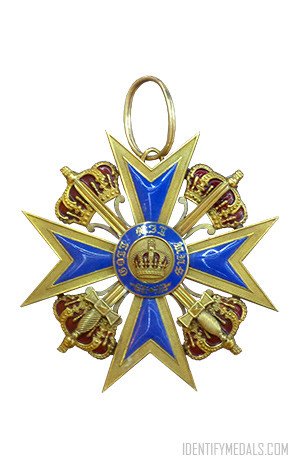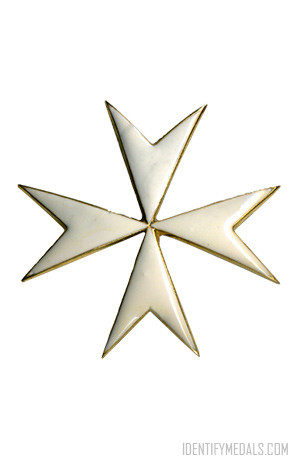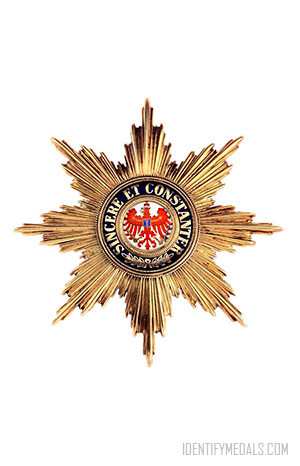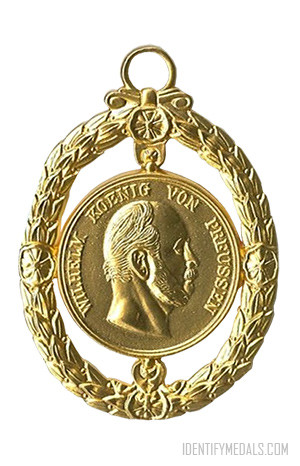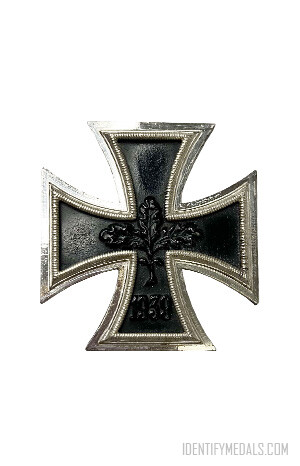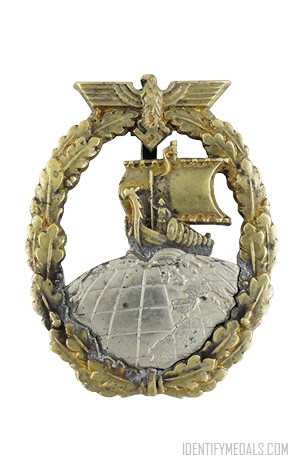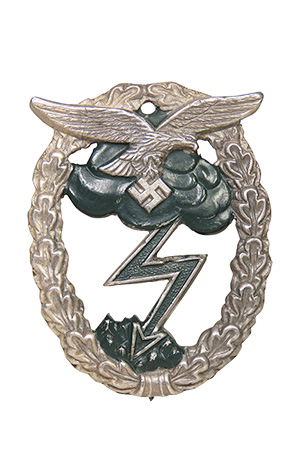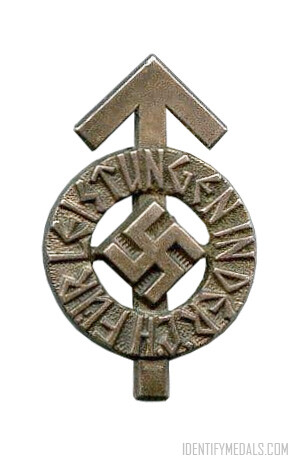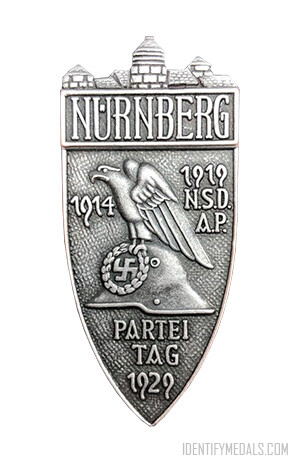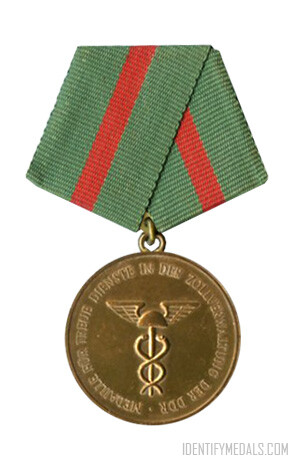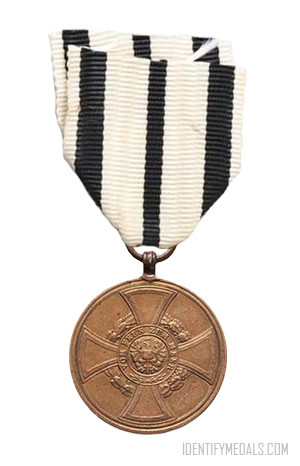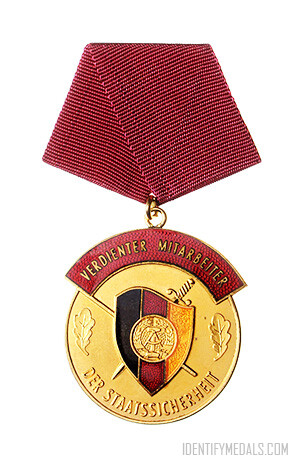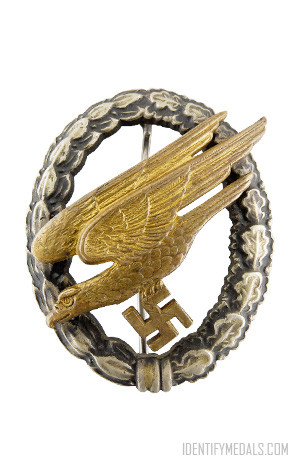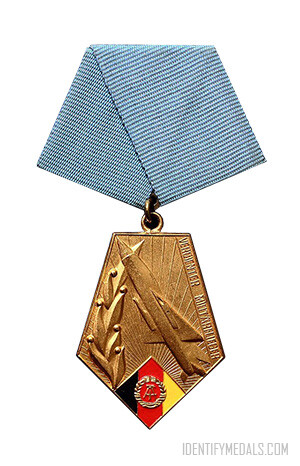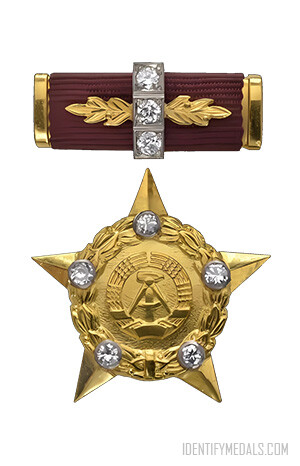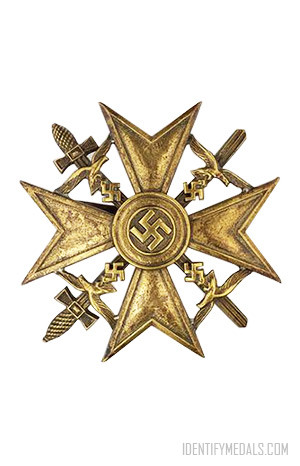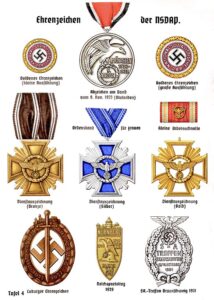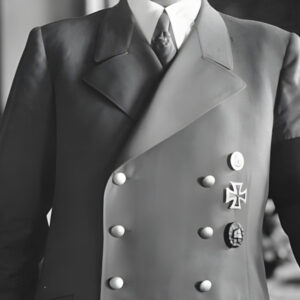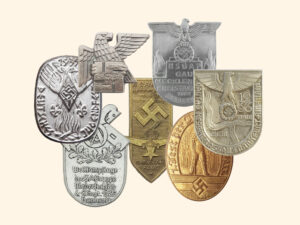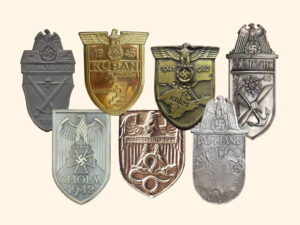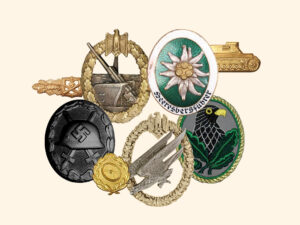- Time Period: Pre-WW1
- Institution: 6 June 1740
- Country: Germany (Kingdom of Prussia)
The Pour le Mérite (“For Merit” in French) is an order of merit established in 1740 by King Frederick II of Prussia. The order was awarded as both a military and civil honor and ranked, along with the Order of the Black Eagle, the Order of the Red Eagle and the House Order of Hohenzollern, counting among the highest orders of merit in the Kingdom of Prussia.
The Pour le Mérite was conferred both for military (1740–1918) and civil (1740–1810, after 1842 as a separate class) services, strictly as a recognition of extraordinary personal achievement – rather than a general marker of social status or a courtesy-honour.
The order was secular, and membership endured for the remaining lifetime of the recipient, unless renounced or revoked. The order was named in French because it was the leading international language and the favored language at Frederick’s court. Despite the rising tide of nationalism and increasing hostility between French and Germans during the 19th century, the name remained the same. Ironically, many of its recipients were honored for acts performed in wars against France.
The Pour le Mérite Design
The insignia of the military award is a blue-enameled Maltese Cross with golden eagles between the arms (which is based on the symbol of the Johanniter Order).
The Prussian royal cypher and the words “Pour le Mérite” (“For Merit”) are written in gold letters on the body of the cross.
More Prussian Orders
Throughout Prussian history, these orders played a significant role in the social hierarchy and served as tangible expressions of royal favor and recognition. They continued to be awarded even after the dissolution of the Kingdom of Prussia, remaining as enduring symbols of valor, service, and honor in German society. Here are some more about Prussian Orders:

